Italian cuisine is famous worldwide, but there’s one region that stands out as its true gastronomic soul: this is Emilia-Romagna, Italy’s Food Valley, a place where recipes are intertwined with local identity and food isn’t just something you taste.
Table of contents
About the author
This guest post was written by Mariia, Travel Designer at Aurea-Travel, a boutique tour operator passionate about unveiling Italy’s hidden treasures (especially in Emilia-Romagna and Tuscany). For us, discovering Italy means meeting its people, honoring its traditions and (of course) savoring its incredible food!
When people imagine eating their way across Italy, visions of twirling pasta, creamy cheeses and sun-soaked glasses of wine usually come to mind. But there’s a corner of Italy where these dreams aren’t just fantasies, they’re everyday life! Welcome to Emilia-Romagna, the region affectionately known as Italy’s Food Valley.
When I first set foot in Emilia-Romagna, I thought I knew Italian food, but nothing prepared me for how this place lives and breathes its culinary heritage. It’s a destination that any lover of traditional Italian food and authentic travel experiences will instantly fall for!
Where is Italy’s Food Valley?
Italy’s Food Valley is not an official province, but a lush swath of northern Italy, stretching along the old Roman Via Emilia through Parma, Reggio Emilia, Modena, and Bologna. This corridor in Emilia-Romagna is famed for producing some of the country’s (and the world’s) most prized foods.
Framed by the Apennines and the Po River, the land is fertile and steeped in culinary tradition. Here, farms, dairies and small family producers coexist with bustling cities. This harmony between land and culture makes it a paradise for anyone curious about typical Italian products, from artisan cheeses to fine cured meats.
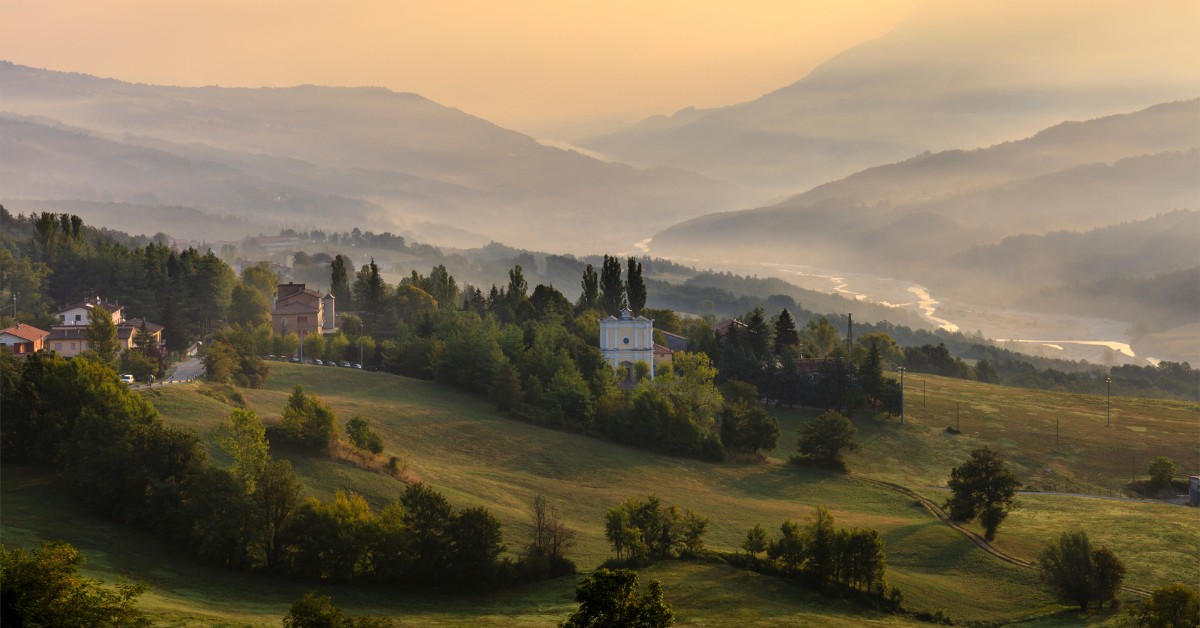
What do we mean by "Food Valley"?
“Food Valley” is more than just a catchy label, it refers to a concentration of high-quality, often protected (DOP or IGP) foods that define this region. From handcrafted salumi to wheels of Parmigiano Reggiano aging in cool warehouses, it’s a landscape shaped by centuries of agricultural expertise and culinary passion (the very essence of Emilia-Romagna gastronomy).
But it’s also a mindset: a way of valuing food not just for its flavor but for the stories, families, and landscapes behind it. Here everything is part of a recipe.
The Emilia-Romagna Food Valley is the beating heart of Italian gastronomy. Unlike places where food is just one of many attractions, here it’s woven into daily life, celebrated in festivals, explored on dedicated tours and cherished at every family table.
What makes the Food Valley so special?
Stretching from Parma through Modena to Bologna, Emilia-Romagna is a treasure trove of gastronomic excellence. It’s where you’ll taste:
- Parmigiano Reggiano, aged until it crumbles perfectly;
- Traditional balsamic vinegar of Modena, a dark, syrupy elixir that transforms even the simplest dish;
- Prosciutto di Parma, delicately sweet, silky and melting on your tongue.
But that’s just the beginning! The region is also home to buttery Mortadella, hand-rolled tortellini, rustic piadina and lesser-known specialties like gnocco fritto or erbazzone.
If you’d like to experience these traditional Italian foods up close (from watching cheese masters at work to tasting vinegar straight from century-old barrels) consider joining a food tour in Bologna. These aren’t tourist productions: they’re authentic moments with artisans whose work follows nature’s rhythm and generations of know-how.
But what truly sets the Food Valley apart is its dedication to tradition. Here, recipes are more than instructions: they’re family legacies, lovingly passed from one generation to the next.
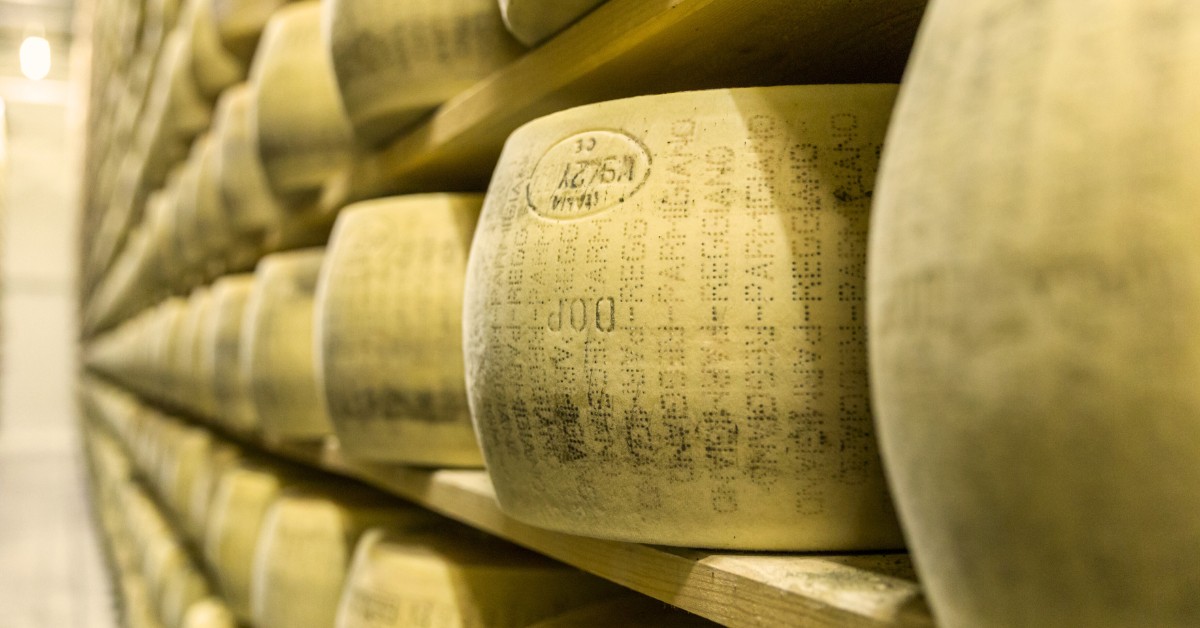
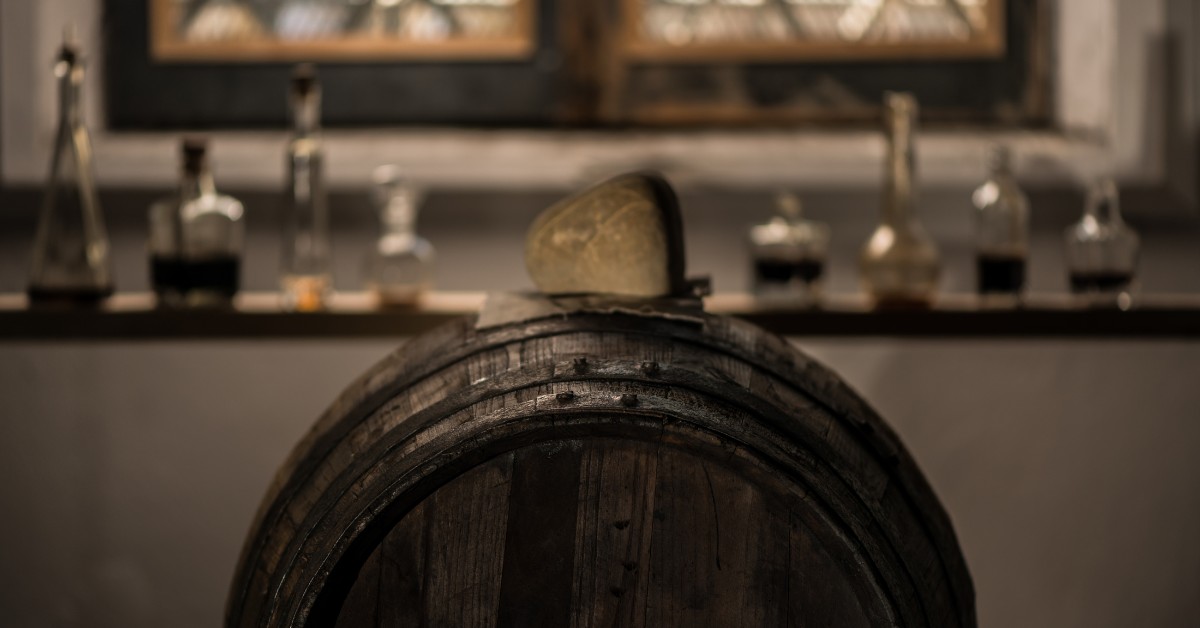
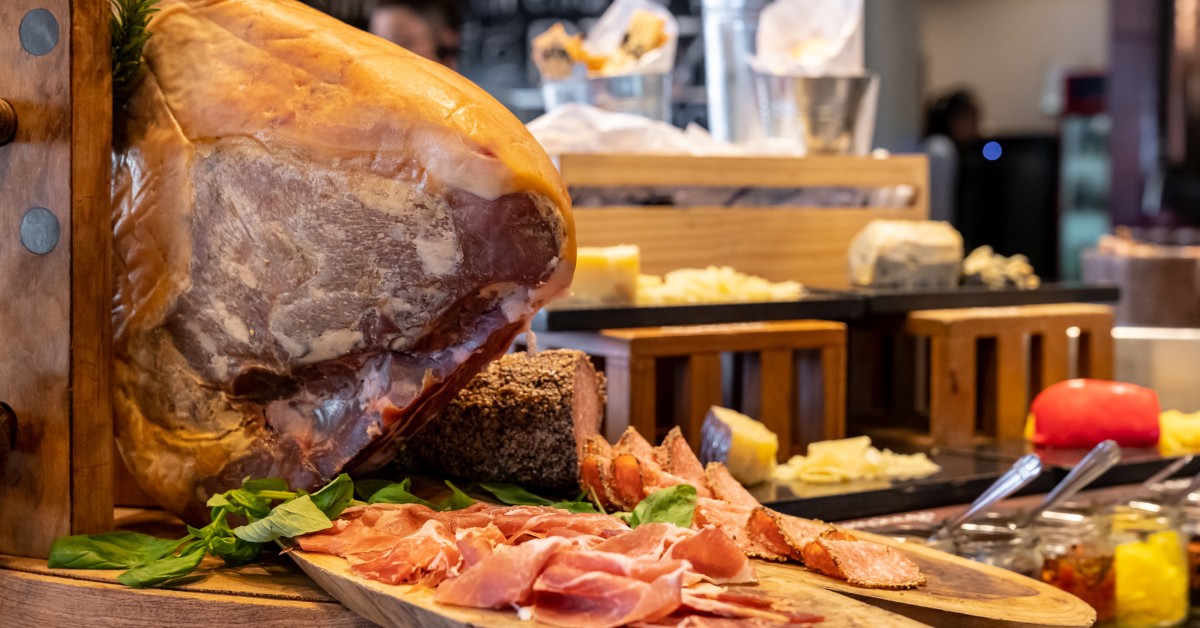
Sustainable farming and food you can trace
In the Food Valley excellence isn’t just about taste, it’s also about how food is made. Many local producers follow sustainable practices, whether it’s organic farming, responsible water use or minimizing transport through local distribution.
Visiting a small caseificio or acetaia often means meeting the same people who raise the cows, stir the milk, or fill the barrels (and they’ll proudly tell you about every step of the process).
Traceability is key here: PDO and PGI certifications ensure transparency.
When you buy a slice of Prosciutto di Parma or a bottle of aged balsamic you’re getting something that’s been carefully tracked.
Did you know?
The Emilia-Romagna region boasts 44 PDO and PGI products, the highest number in Italy. That means everything from Parmigiano to Mortadella is strictly regulated to protect its authenticity: a true testament to how much locals care about preserving authenticity.
Is Parma the “capital of food”?
Parma is often described as the capital of Italy’s Food Valley, with good reason. This elegant city is surrounded by dairies, ham cellars and pasta workshops that supply the world’s finest tables. It’s also home to renowned culinary institutions, international food fairs and lively markets where you can taste local specialties fresh from the producers.
What is the Parma UNESCO Creative City of Gastronomy Foundation?
In 2015, Parma earned a prestigious spot on UNESCO’s Creative Cities of Gastronomy list: a global network that recognizes places where food is a vital part of cultural identity and innovation. The Parma UNESCO Creative City of Gastronomy Foundation works to promote this heritage, supporting local producers, fostering culinary education and protecting traditional methods.
It’s yet another testament to how seriously this region takes its food: not just as nourishment, but as art, memory, a gift to be shared.

Festivals and food events not to miss
Emilia‑Romagna’s culinary spirit comes alive in its festivals! When producers open their doors, streets fill with tastings and local traditions become a shared feast.
Here are three key events you don’t want to miss.
Cibus – Parma’s International food fair
Cibus is one of the most important annual gatherings in Italy’s food calendar held in Parma. It attracts thousands of visitors and exhibitors, blending trade and tradition in the heart of Italy’s Food Valley. More than a trade show, it celebrates Made in Italy food with seminars, live tastings, workshops and forums on innovation, sustainability and export. If you’re passionate about understanding how Italian products evolve, Cibus is the perfect place to see producers and buyers together, while also discovering regional specialties in tasting corners.
Parma Ham Festival - Langhirano, early September
Every year in early September, the town of Langhirano hosts the Festival del Prosciutto di Parma, dedicated to the “King of Hams.” In 2025, the event will take place from 5 to 7 September. It’s a unique chance to meet the producers, taste perfectly sliced prosciutto straight from the source and appreciate the centuries‑old curing tradition.
Acetaie Aperte - Modena, balsamic open days
Each autumn Modena’s traditional vinegar attics open their doors to visitors for the Acetaie Aperte weekend. Guided visits to historic acetaie (some located in municipal buildings or family homes) offer a rare glimpse into the centuries-long methods of making Traditional Balsamic Vinegar of Modena DOP. Participants can experience the aroma of fermentation, see aging barrels of wood and taste aged formulas.
More than food: a way of life!
In the Food Valley, food means connection.
Whether you’re clinking glasses of local Lambrusco with new friends or watching artisans shape tortellini by hand, you’ll feel an unmistakable sense of being welcomed into something timeless!
So, when you next plan your Italian adventure, consider wandering beyond the usual stops into Emilia-Romagna. In the Food Valley, meals aren’t simply eaten, they’re savored, celebrated and remembered long after your trip ends.
 EN
EN  ES
ES  DE
DE  IT
IT  FR
FR 
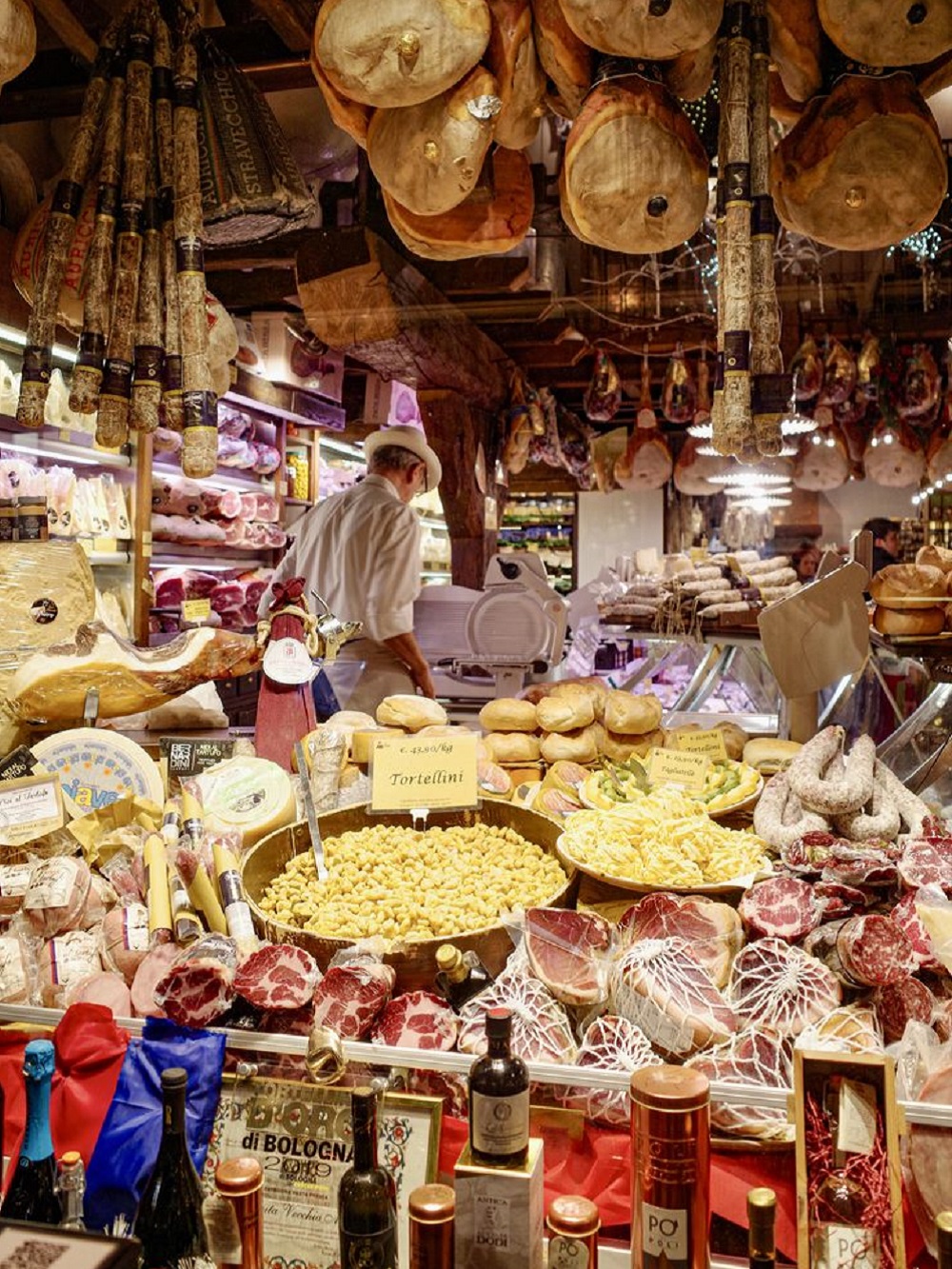
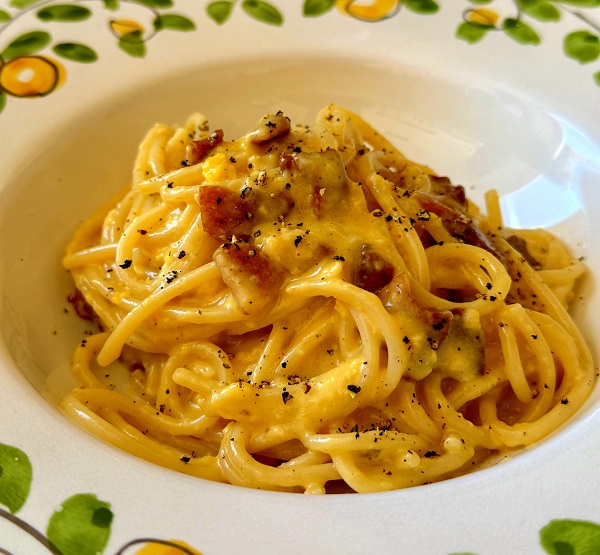
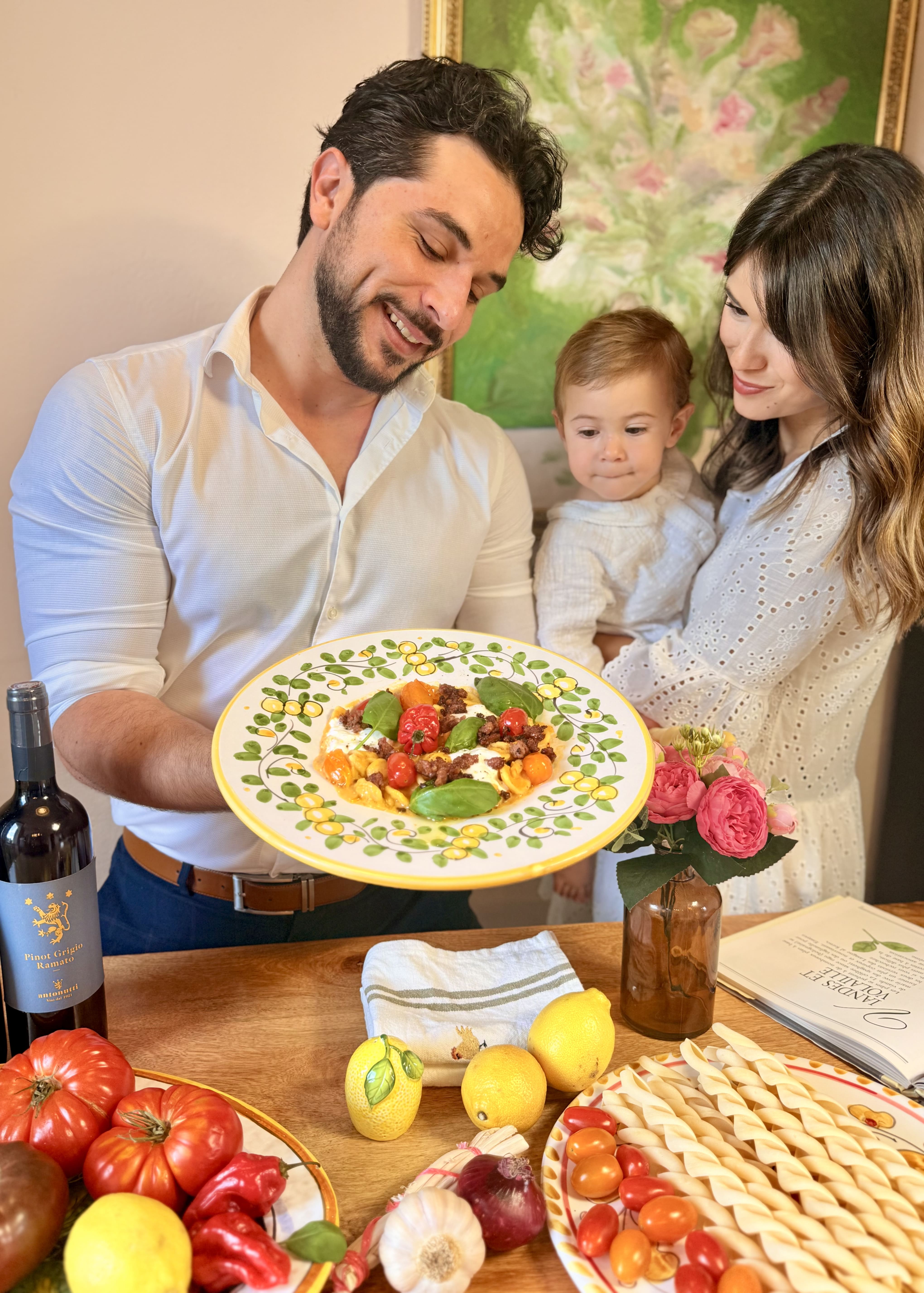

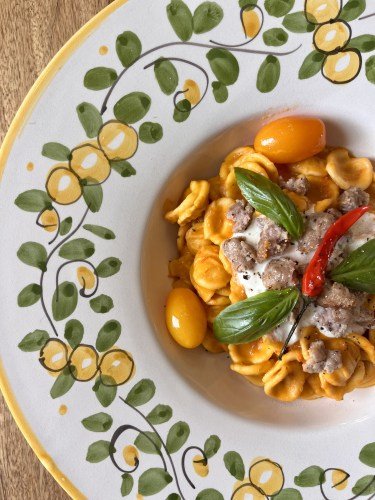

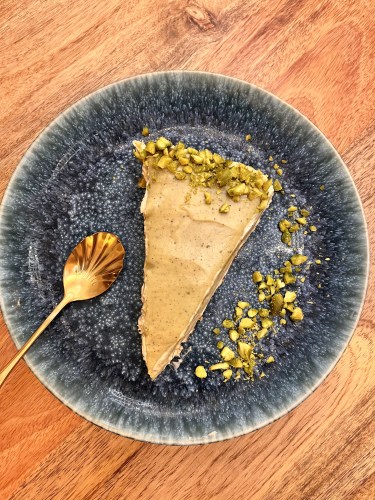
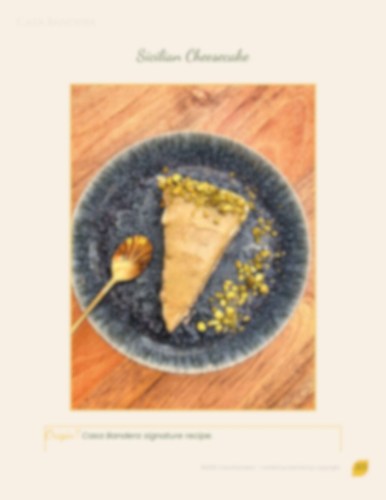
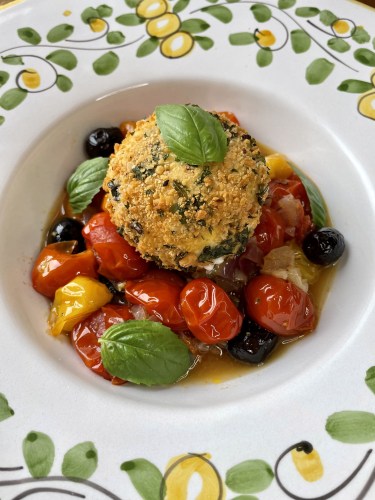
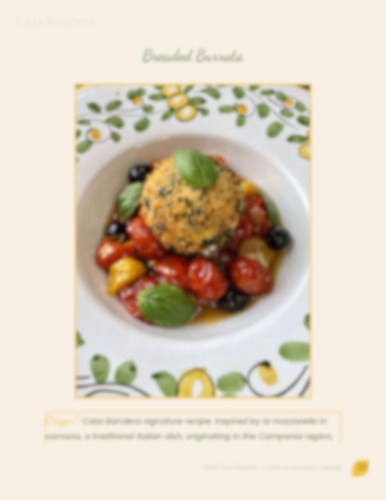
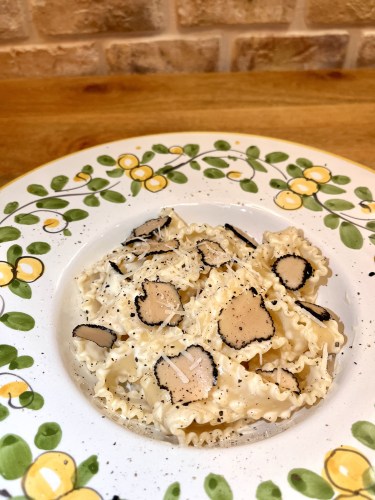
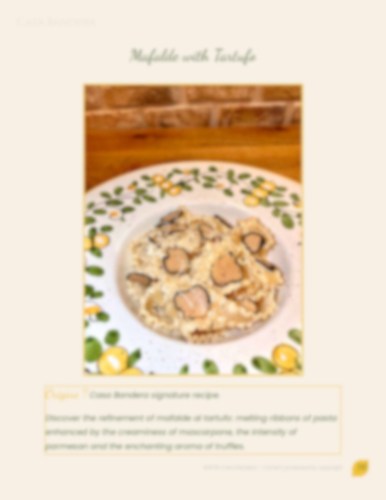
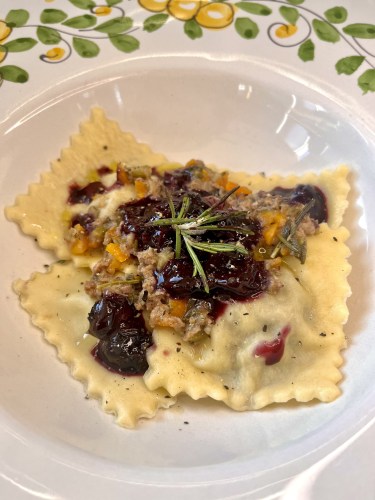
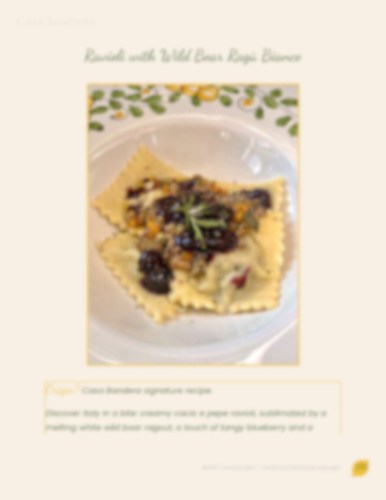




Let’s talk cucina together!